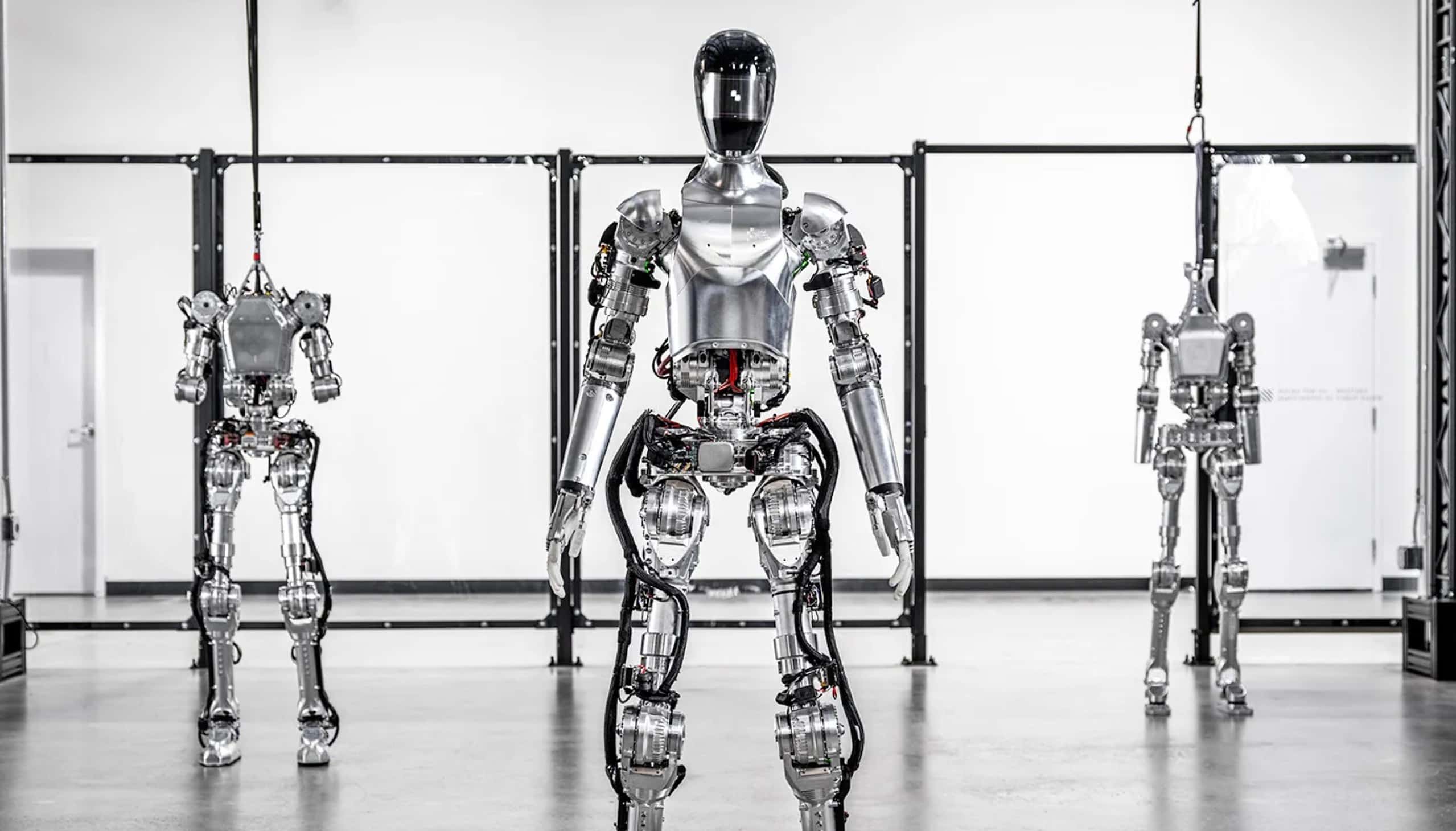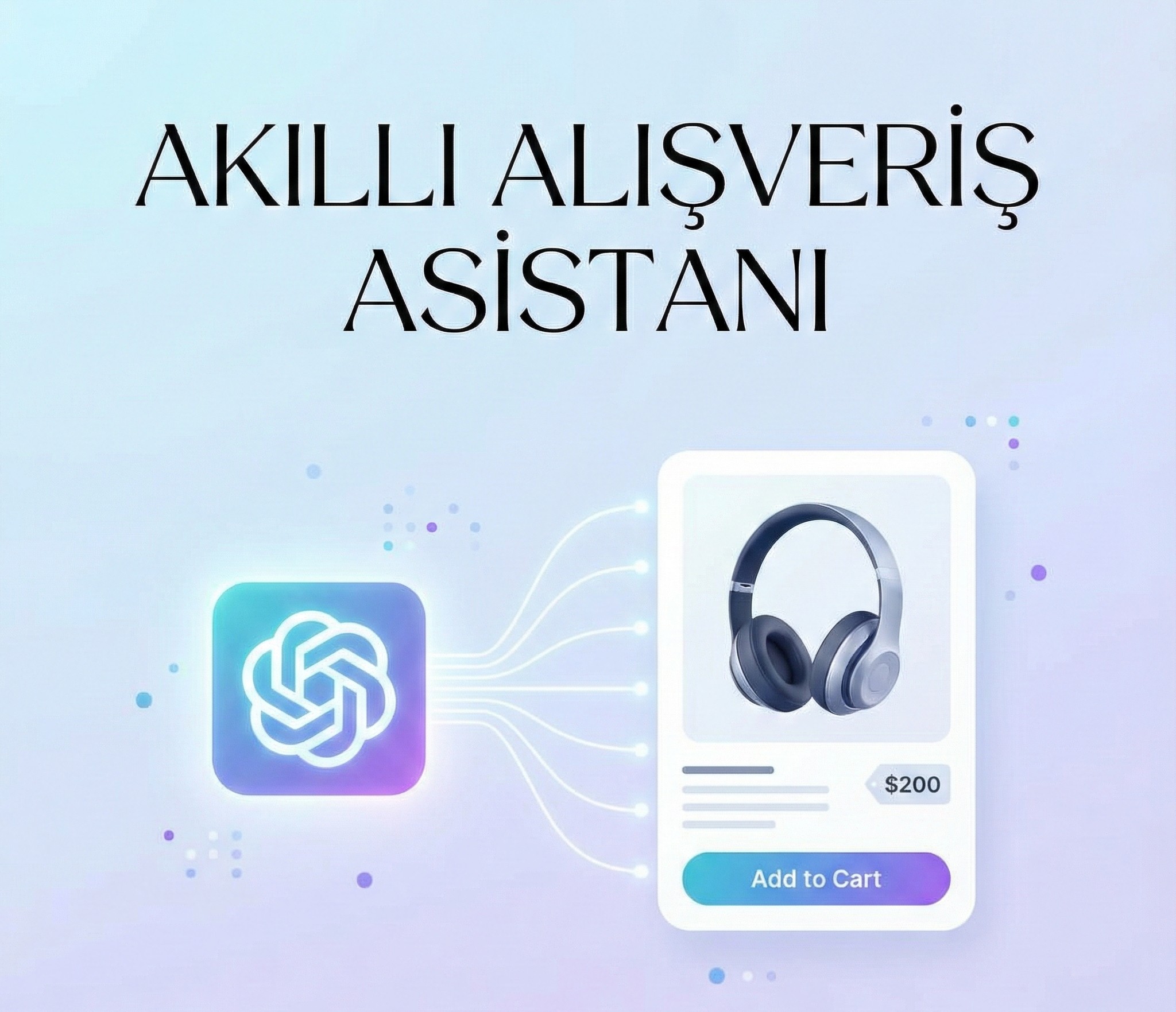The technology world is finally turning the long-dreamed-of idea of a "general-purpose home robot" into reality. But this time, it's not just a vacuum cleaner or a kitchen appliance. Norway-based 1X Technologies, with the support of tech giant OpenAI (the creator of ChatGPT), is bringing artificial intelligence out of the digital world and into our physical one with its humanoid robot named NEO.
The company's vision is not just an assistant that performs specific commands; it's to create an "android" that can interact naturally with humans, understand its environment, learn continuously, and most importantly, be safe.
From Science Fiction to Reality: The Power Behind 1X
1X is a Norway-based engineering company, formerly known as Halodi Robotics. Their real breaking point was receiving hundreds of millions of dollars in investment from the biggest investors in the tech world, most notably OpenAI. This massive support proved that 1X wasn't just a hardware company. The main goal, before perfecting the "muscle" structure, was to develop a "brain" that could understand everything. And the power behind this brain comes directly from the team that created ChatGPT.
The Difference Isn't Just the Legs: How NEO's "Brain" Works
NEO's real magic isn't so much about it walking on two legs, but about how it "thinks." The company calls this technology "Embodied AI."
What is "Embodied AI"?
AIs like ChatGPT live in a digital universe with text, sound, and images. NEO, on the other hand, is the physical embodiment of this artificial intelligence. It sees its surroundings with cameras, understands what it hears, and uses OpenAI's advanced multimodal models to "reason" about what it sees. Simply put; when NEO hears the command "get the cup on the counter," it doesn't just transcribe the audio to text. It knows what "counter," "cup," and the act of "getting" mean in the physical world.
How NEO Learns: "Imitation" and "Generalization"
NEO's learning process is far more advanced than being "remote-controlled." 1X uses the "Imitation Learning" method. An operator, using VR (Virtual Reality) goggles, shows NEO a task (e.g., "wipe the table") just once. NEO records this movement. The real magic begins here: The AI analyzes this single task and learns the concept of "wiping a table." This way, it can decide on its own how to wipe a different table or a different spill it has never seen before. It can autonomously break down complex commands like "tidy the kitchen" into sub-tasks (find trash, put items away).
Safety First: "Electric, Not Hydraulic"
Bringing a humanoid robot into our homes also brings safety concerns. 1X has placed this issue at the center of its design. Unlike its competitors' noisy and powerful hydraulic systems, NEO has a "muscle" structure built entirely on electric actuators (motors). This has three key advantages for a home environment:
- Safety: Electric motors are much smoother and more controlled. NEO's power and speed are intentionally limited so that it cannot harm a human (especially a child).
- Silence: The noise of hydraulic systems is unacceptable for a robot that will live in a home environment. NEO, however, operates almost silently.
- Compliance: NEO's arms are not hard and rigid, but flexible like human muscle. This allows it to gently grasp an egg or a glass cup without breaking it.
A Door to the Future: Not Alone in This Race
In the videos shared by 1X, we see NEO autonomously accomplishing household chores like folding laundry, moving items from one place to another, and tidying up. Of course, NEO is still in the development phase.
It is not alone in this race either. Giant competitors like Tesla's Optimus and the also OpenAI-backed Figure 01 are also advancing rapidly in this field. However, 1X's focus on the "working safely alongside humans" philosophy from the very beginning gives it a step forward for use in domestic chores.
Are We Ready for This Future?
1X has not yet definitively announced the final user price for NEO. However, according to analysts, the price is expected to be around $20,000-$30,000 USD. Furthermore, the company aims to move to general sales in 2026. Although NEO may look like a complex prototype today, it is already showing us what will be possible in the homes of tomorrow. Perhaps in a few years, such robots will be in the living spaces of everyone, not just tech enthusiasts. But a question as important as this development is this: Is humanity truly ready for a humanoid robot that moves of its own will in their home?






